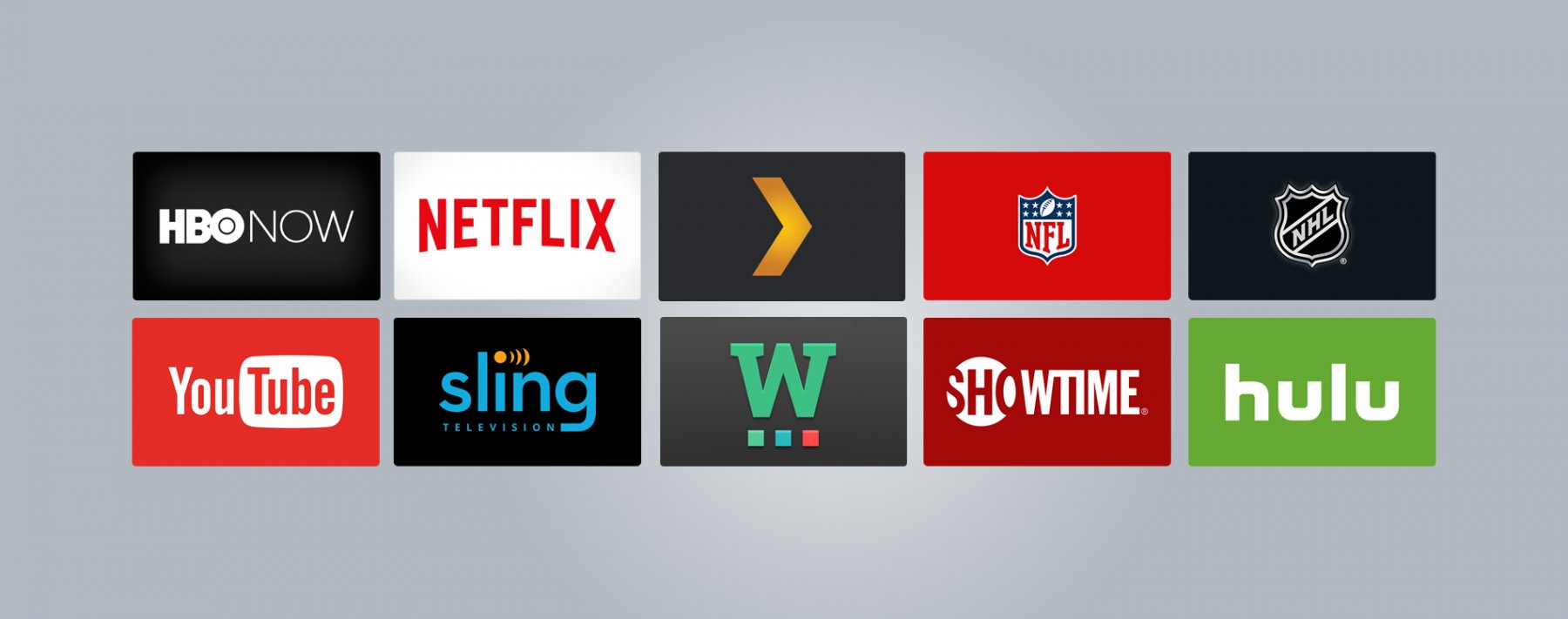The Battle of the Streams
With the recent news of Disney+ launching on Nov. 12, many platform developers announced their own streaming services to compete.
Along with Disney, services like HBO, Apple, AMC and ESPN are among the few to throw their hats into the ring.
This now leaves many consumers wondering where they should spend their money.
Industry leaders Netflix, Hulu and Amazon, now must share the space and subscribers with new competitors.
This growing industry also severely affects the cable industry again. Cable viewers have been decreasing for several years now due to streaming on demand.
The question on everyone’s mind is how this will play out.
“It is unknown at this point…the more services there are, the more incentive to cord cut,” says Matthew McAllister, professor, and Chair of Graduate Programs at Penn State’s College of Communications.
McAllister goes on to say, “for a long time it was Netflix, Netflix was the one you had. That is likely to change, with all these other platforms coming on board. It’s going to be hard to know which one will be essential.” The multiple platforms also mean more money spent, especially for college students.
“All depends on price-wise,” says Makyla Kelley, a sophomore at St. Lawrence. She believes the Netflix subscription system limits you to a certain amount of content.
“Students don’t have a lot of options in the middle of nowhere,” said Kelley, believing that she will have to subscribe to more platforms.
So, what does this mean for the future? Julie Chambers, a previous screenwriter for the Simpsons and adjunct professor at Syracuse University, says that this is a “period of experimentation” for streaming.
More options come to down to financial matters and what might one prefer. “Depends on a small screen or if you like to sit on the couch with cable,” said Chambers.



